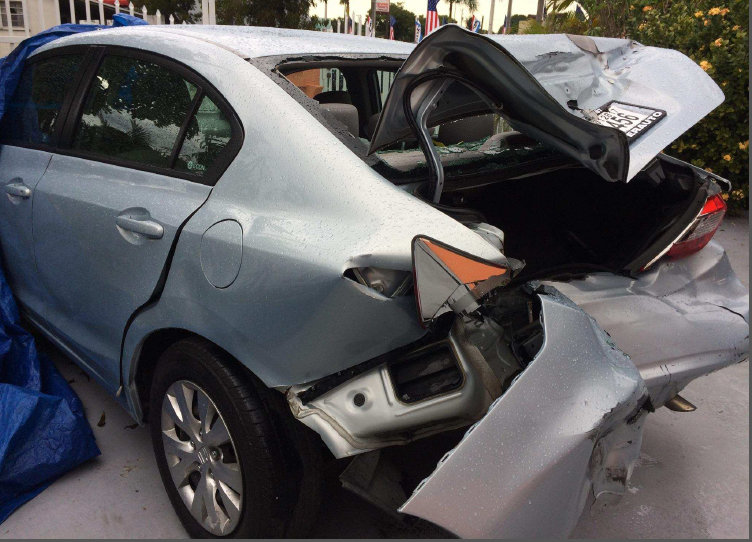
Among the most common collisions on Texas roads and everywhere else are rear-enders. We only know this because we see them around everywhere. Unfortunately, the Texas Department of Transportation (TxDOT) does not keep records or compile statistics regarding the number of rear-end accidents that occur every year. Thankfully, some entities do compile statistics, which is how we know there are approximately 1.7 million rear-end collisions every year, nationally.
That is one reason the National Transportation Safety Board (NTSB) has made recommendations that all passenger vehicles be equipped with collision-avoidance systems. Traffic safety experts believe such systems have the potential to reduce the number of rear-end crashes by as much as 80 percent. These systems can anticipate crashes and better position the bodies of the passengers to better handle the force. There are other options as well.
How to Avoid Rear-Enders
Back in the day, when most of us went through high school driver’s ed classes, one of the most basic and important instructions we all heard was the admonition to always keep a safe distance from the vehicle in front of you and maintain complete control of your vehicle. Many road safety experts believe that anyone who took that admonition seriously and has always driven using them has never rear-ended anyone.
Of course, those of us who drive in San Antonio, or any of the other large cities in Texas, know well that far too many drivers don’t live by those safe driving principles, especially during rush hours. We have all seen a significant number of drivers who fail to heed this advice. Unfortunately, those who don’t live by this advice tend to be the most common causes of rear-end accidents.
The fact of the matter is, rear-end car accidents can be very serious, even at slow speeds. One reason for this is because a rear-end accident at 30 miles per hour exerts 1.6 tons of force on a 160-pound person wearing a seatbelt. Of course, without wearing a seatbelt, the amount of force exerted is equal to 12 tons. That is why many injuries can come from a rear-end collision, including the following, which are among the most common:
- Broken bones;
- Whiplash – which happens when the head and neck unexpectedly jerk back and forth very quickly;
- Concussion (mTBI); and
- Major traumatic brain injury.
One aspect of rear-end car accidents that makes them so potentially disastrous is that, unless you are staring at your rear-view or side mirrors, you will not know what is about to happen. This can be a good thing or a bad thing. Some people end up injuring themselves while trying to brace for impact.
Estimating a Potential Settlement in a Rear-End Car Accident
One thing a personal injury attorney must do in evaluating a claim is determine some numbers. The first thing to do is to calculate your total past and future medical bills. Also, the cost of any wages lost or that will be lost in the future must also be determined to figure out the hard numbers on damages. Then, non-economic damages must be figured in to come to some sort of value.
Another element to consider in arriving at a claim figure is to consider the estimates compiled by the National Highway Traffic Safety Administration (NHTSA) for motor vehicle accident costs. These costs included both direct medical expenses and societal costs which are essentially what exists with a rear-end collision with personal injuries. Less than one-third of accidents include injuries. In addition, the extent of your injuries and your response to treatment will also help determine how much you should look for, as will quality of life cost calculations.
Causes of Rear-End Collisions
In all, rear-end crashes account for nearly one-third of motor vehicle accidents. Distracted driving is the most common cause of these types of accidents. Since about 30 percent of all auto accidents (about 1.8 million) are rear-end accidents and the National Highway Traffic Safety Administration (NHTSA) estimates the direct costs of all motor vehicle accidents at about $242 billion, the societal and monetary costs of rear-end collisions can be quite large.
If you were involved in a rear-end crash and you were injured, your car was totaled, and/or your bills are piling up, you should think about starting the process of filing a lawsuit as soon as possible. There is a time limit, called the statute of limitations, which limits your time to file. In Texas, you have two years to file a claim, after which you will lose your right to file forever. Many rear-end accident cases can be complex, so procrastination is not an option.
